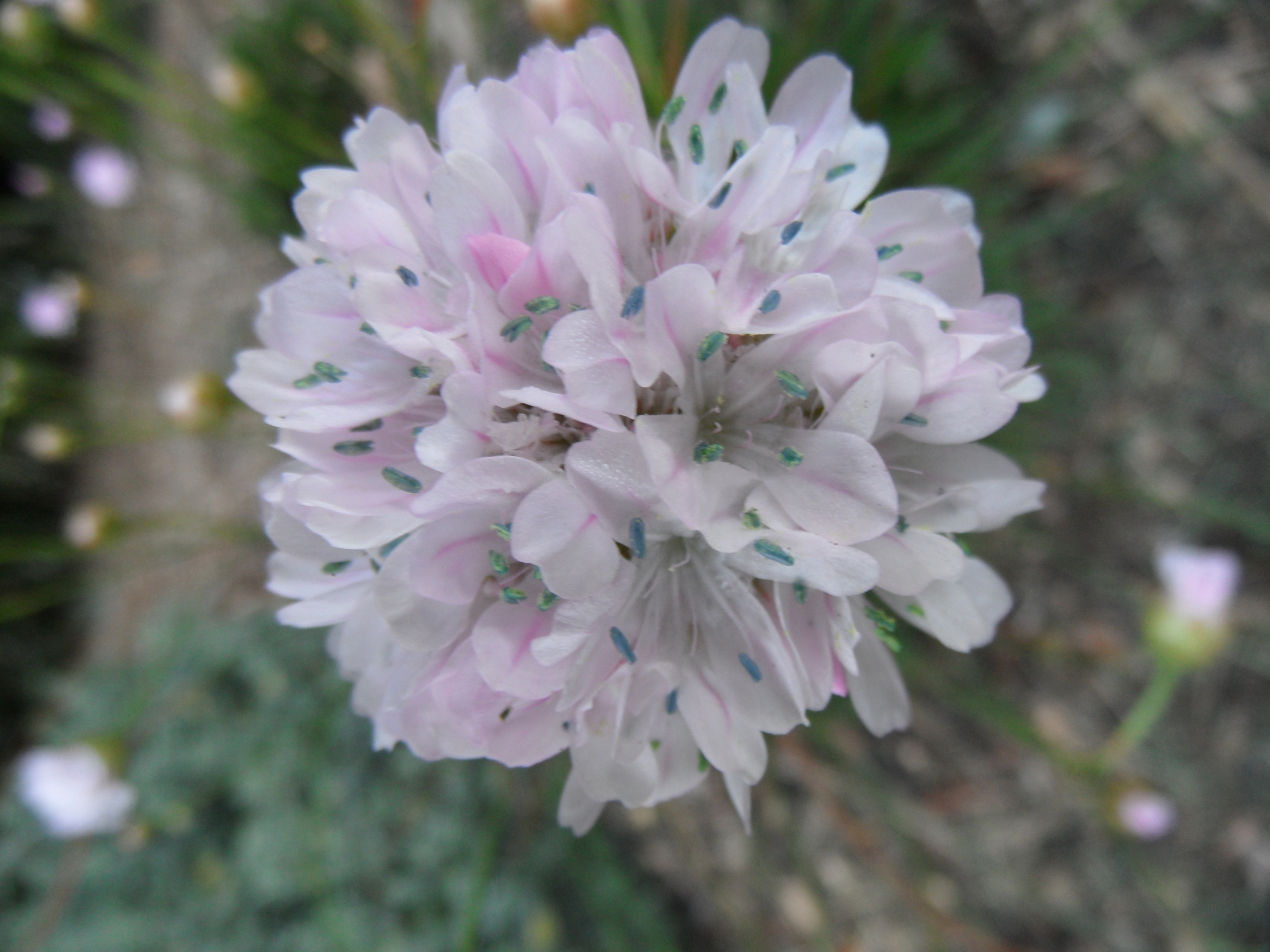
Latin name for Dianthus barbatus, Sweet William, which bears a resemblance to this genus.
Cushion-forming, evergreen perennial herbs or subshrubs with woody rootstocks. Leaves simple, linear to lanceolate in basal rosettes or on short branches. Flower clusters in round heads on long stalks and with a cluster of surrounding bracts, the outer ones fused to form a sheath around the upper stalk. Flowers bisexual, 5-parted, sepals fused and funnel-shaped at the base with 10 ribs, papery, coloured and occasionally forming a spur. Petals fused at the base. Stamens attached to the base of the petals. Fruit 1-seeded.
Differences between species are minor and identification is complicated by hybridisation and numerous cultivars.
Seed and cuttings.
Medicinal.
Sheath below flower head.
About 90 species from Northern temperate regions, mostly montane and coastal Europe but also America and Chile.
Lawrence (1940), Bernis (1949, 1956), Moore & Yates (1974).
Source: (1997). Plumbaginaceae. In: . Horticultural Flora of South-eastern Australia. Volume 2. Flowering plants. Dicotyledons. Part 1. The identification of garden and cultivated plants. University of New South Wales Press.
